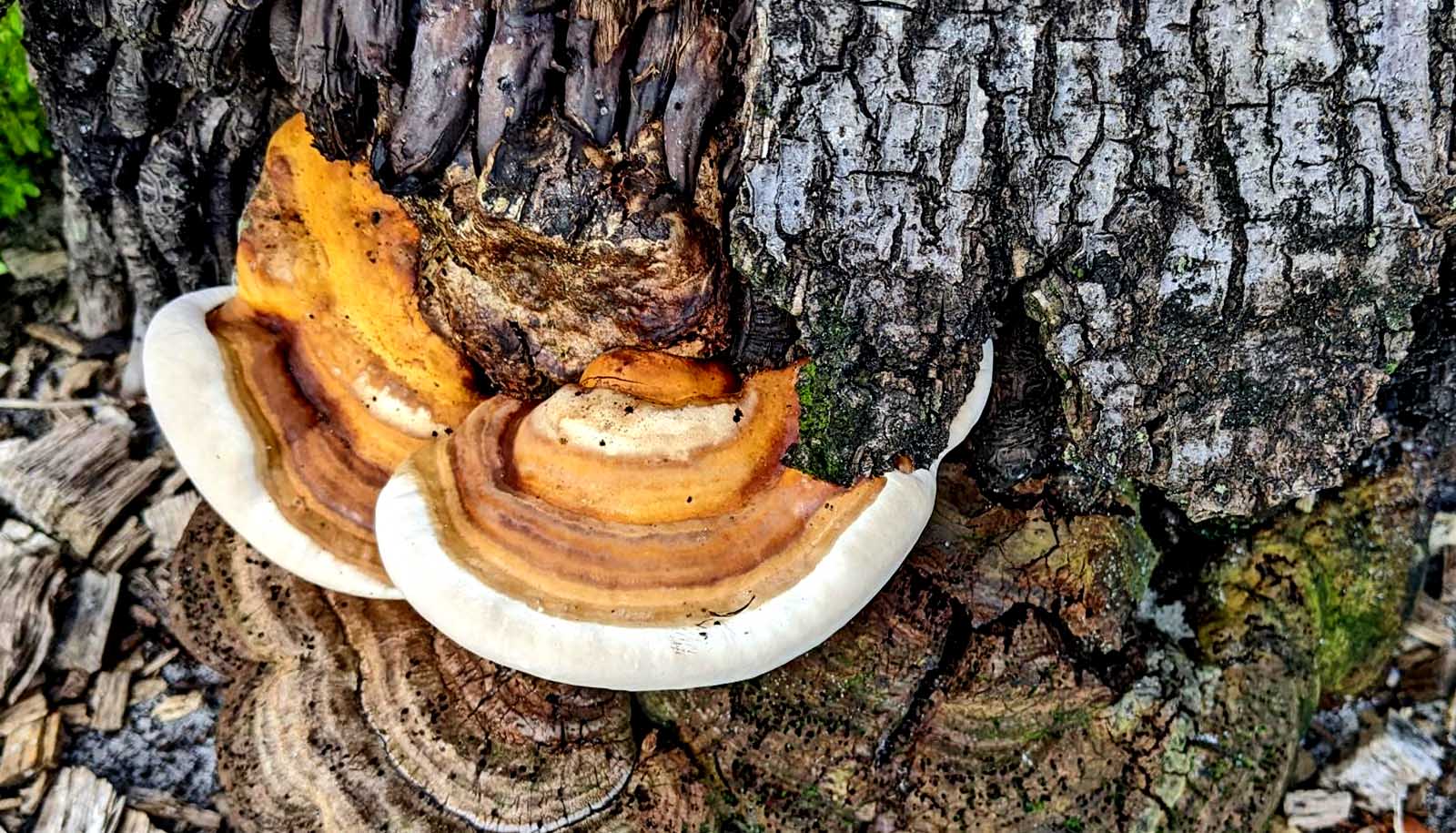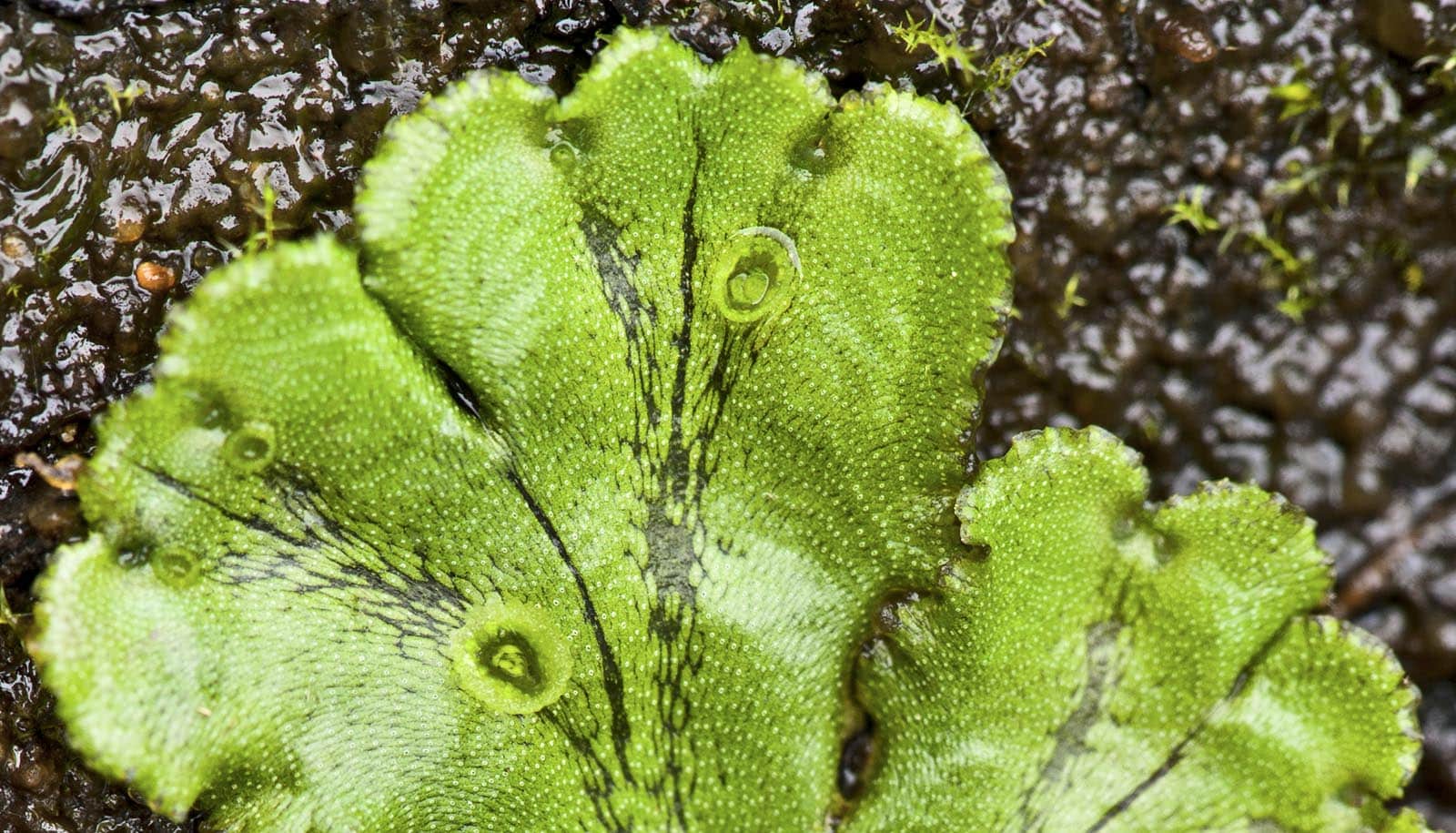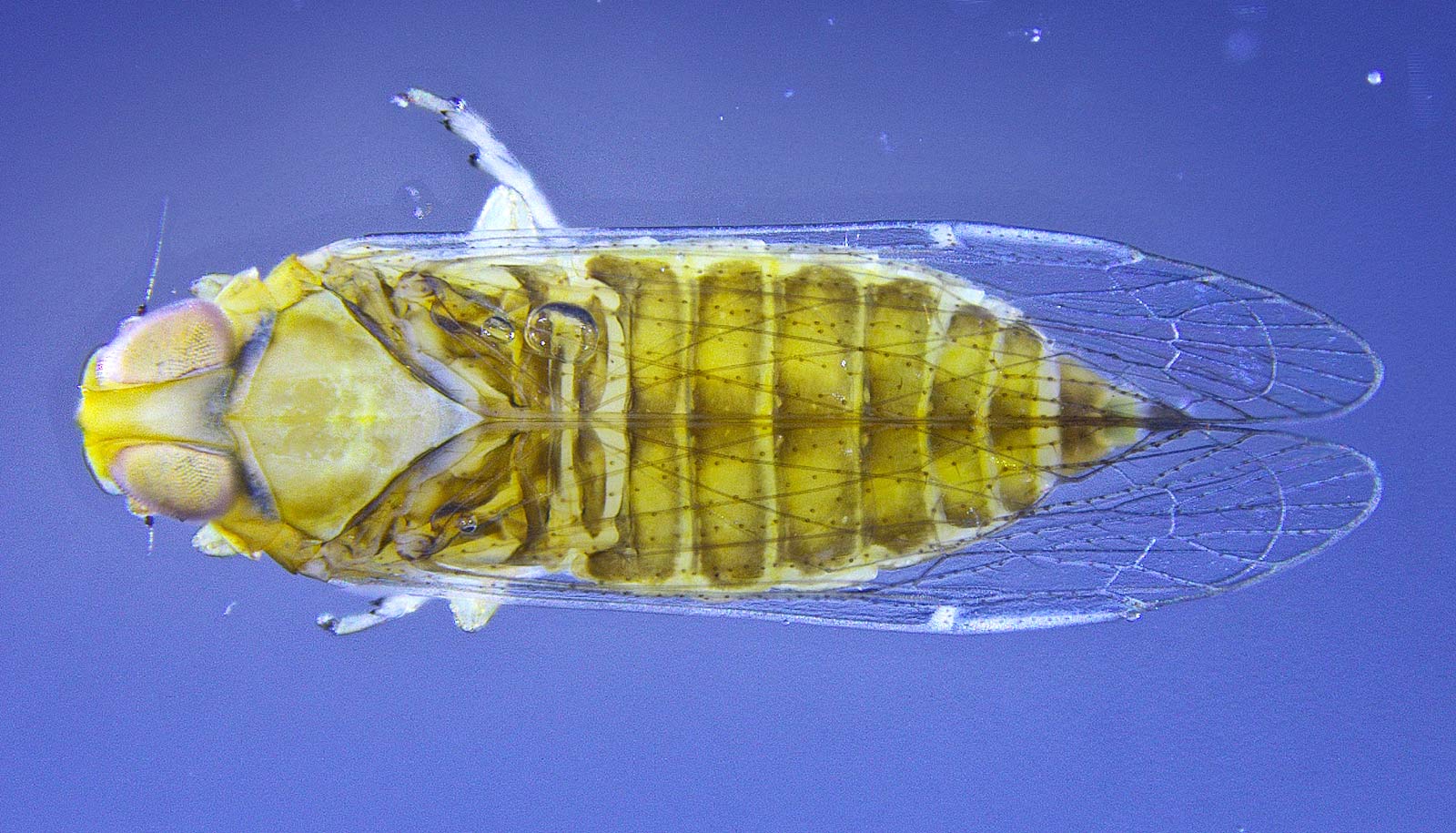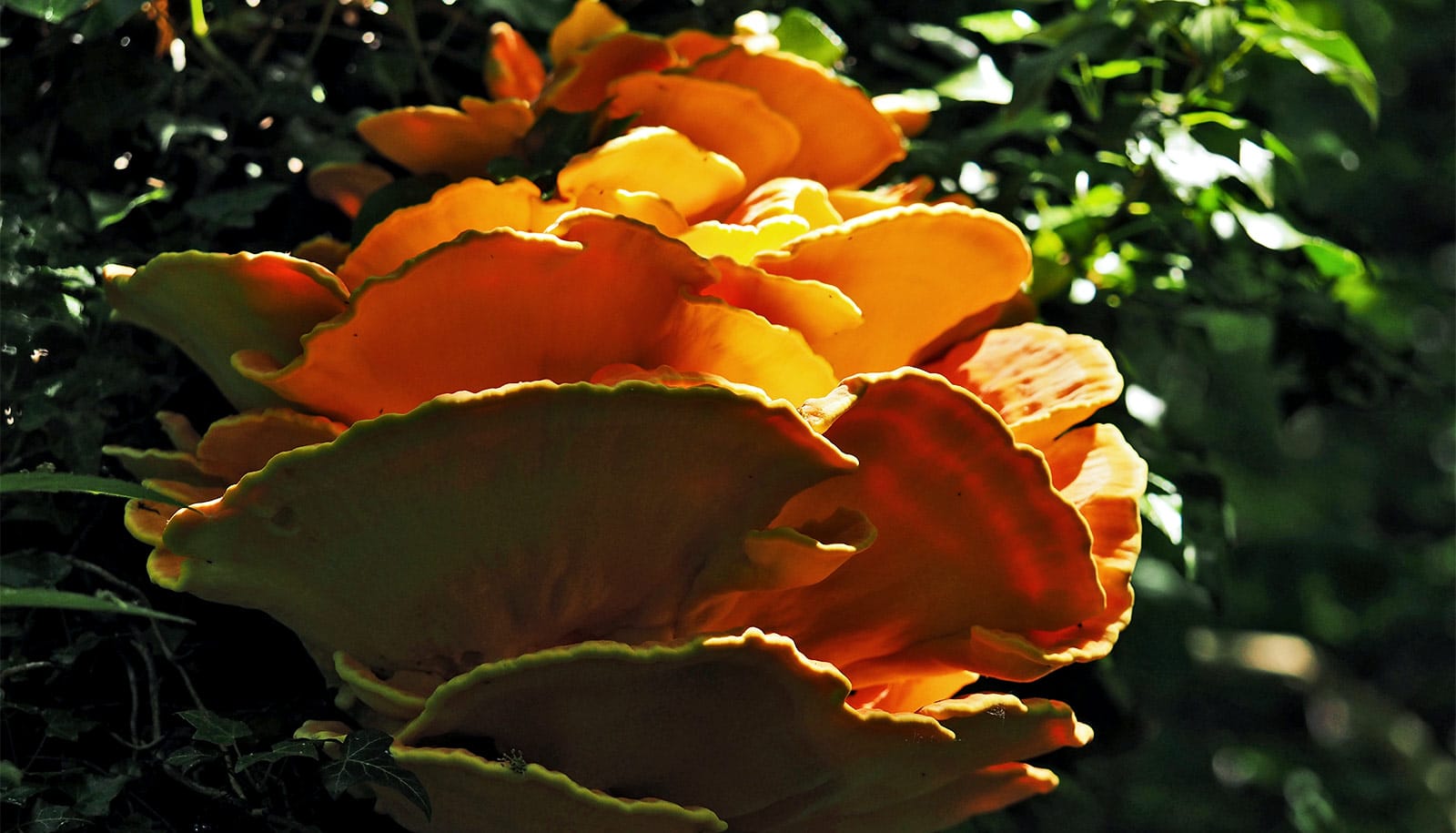A DNA-based diagnostic method confirms a wood-decaying fungus in palms months before the symptoms of Ganoderma butt rot appear.
More than 65 species of palm trees in the United States are vulnerable to a wood-decaying fungus that can damage or destroy palms.
A fungus, Ganoderma zonatum, causes the lethal disease known as Ganoderma butt rot of palms. Its mysterious nature has stunted research for decades, making early detection of the silent killer impossible until now.
As reported in the journal Plant Disease, previously compiled sequence data from genetically validated North American Ganoderma species were used to develop the tool. The result is a diagnostic protocol that can detect the genetic make-up of the lethal Ganoderma zonatum pathogen.
“We were able to find the unique genetic markers exclusive to Ganoderma zonatum,” says Braham Dhillon, a molecular plant pathologist at the University of Florida Institute of Food and Agricultural Sciences (UF/IFAS) Fort Lauderdale Research and Education Center.
“This has great implications for developing management methods for the disease from this point forward. It saves time and money and opens the doors for additional research on understanding how this pathogen survives and spreads in the landscape.”
A tree specialist can collect samples as wood shavings from the trunk and submit them to a lab for diagnosis with the new procedure. Results are available in a week.
The detection method can be readily adopted into protocols of plant diagnostic facilities since the technology and equipment are routinely available without the need for additional instrumentation or chemicals.
“Early detection of the fungus, or any disease, is a crucial step towards building and implementing better disease management strategies and mitigating potential risks from palm deaths and destruction of property due to palm tree decay,” says Dhillon.
Palm trees of all varieties grace the lands of homeowners, public parks, business complexes, and roadways. The fungus, common in homeowner and public spaces, is a slow-growing pathogen, occupies the trunk, and degrades the vascular water-conducting tissue. This produces initial symptoms of wilting and dying palm fronds in the lower part of the canopy. These symptoms are also associated with other diseases like Fusarium wilt and lethal bronzing, which makes it difficult to properly diagnose.
In the later stages of the disease, a fruiting body called a conk, or basiodiomata, appears at the lower surface of the trunk and confirms the presence of Ganoderma butt rot.
“The conk is the only distinguishing symptom of the disease and indicates a palm tree is not recoverable,” says Dhillon. “The conk produces millions of spores that can travel by wind contributing to disease spread.”
As the fungus moves up the trunk, it compromises the structural integrity of the palm, says Dhillon. “In later stages of the disease, the decayed palm trunk is susceptible to breaking and becomes a hazard to properties, pedestrians, and vehicular traffic. Depending on the girth of the trunk, the decay process can take up several months to a year.”
Until now, the appearance of the conk, or an invasive dissection of the infected trunk and culturing of the fungus, are the only ways to confirm the diagnosis of the lethal disease, explains Dhillon.
For the study, scientists sequenced a variety of samples, including 24 cultures from 15 Ganoderma species collected from a previous study and archived at the Center for Forest Mycology Research Culture Collection and Herbarium, US Department of Agriculture Forest Service.
They also collected healthy and naturally infected sawdust palm samples from eight palm species. Infected palms in the study were categorized for one of two symptoms: wilted palm fronds or presence of a conk. Other samples included conks, infected tissues, soil, and DNA from palm-infected lethal yellowing and lethal bronzing specimens. Researchers validated the method on DNA isolated from 60 samples.
Source: University of Florida



